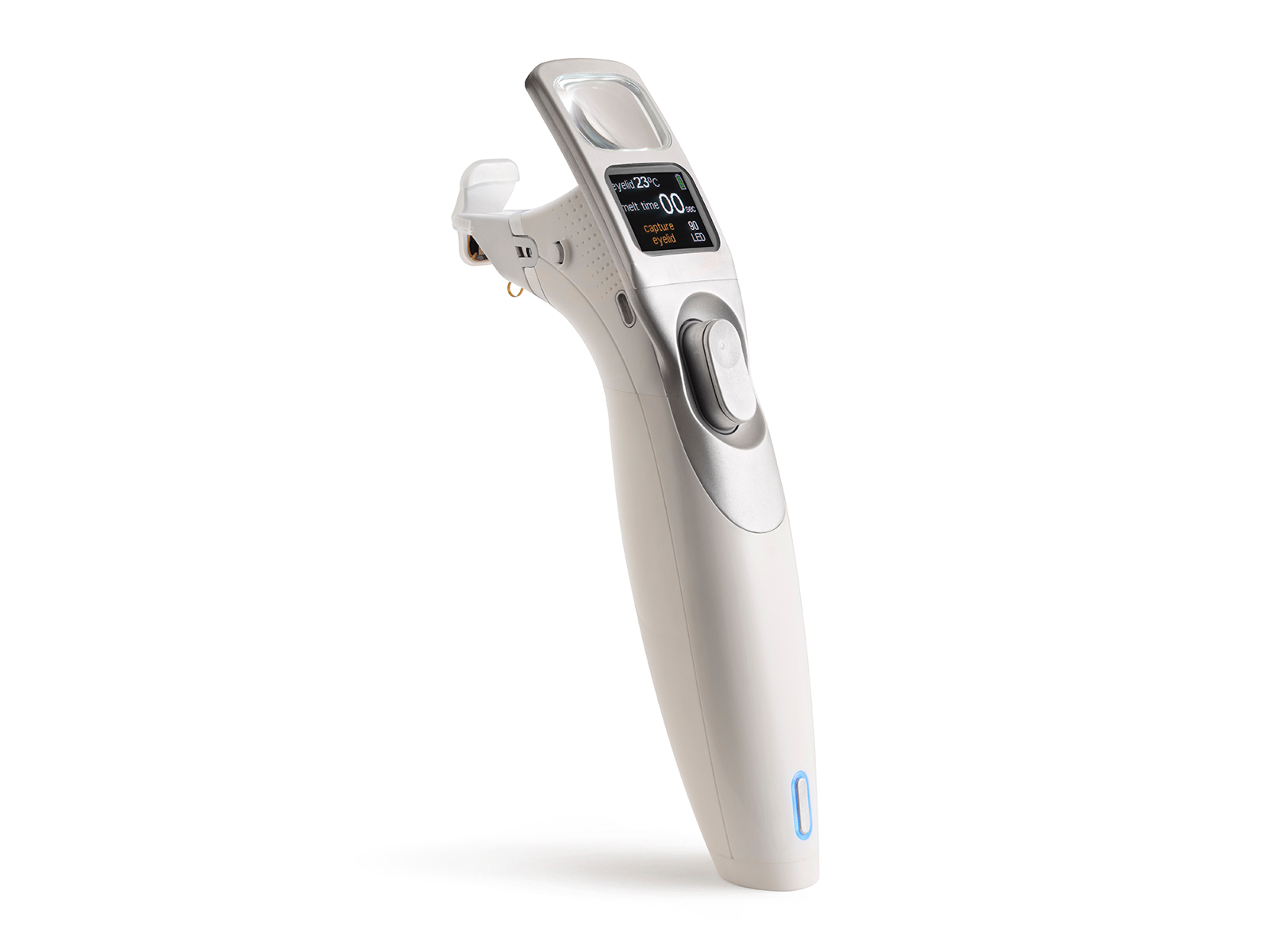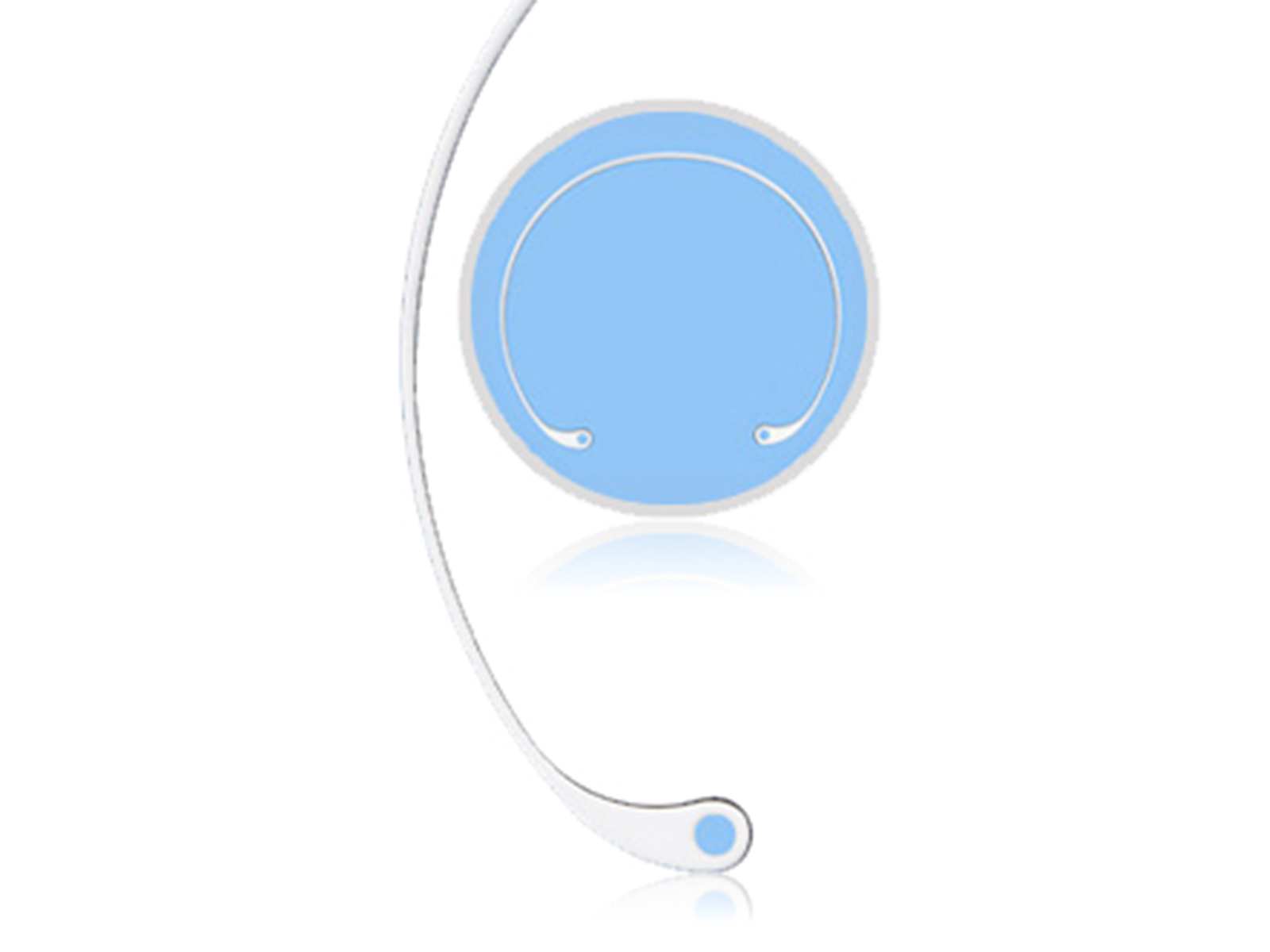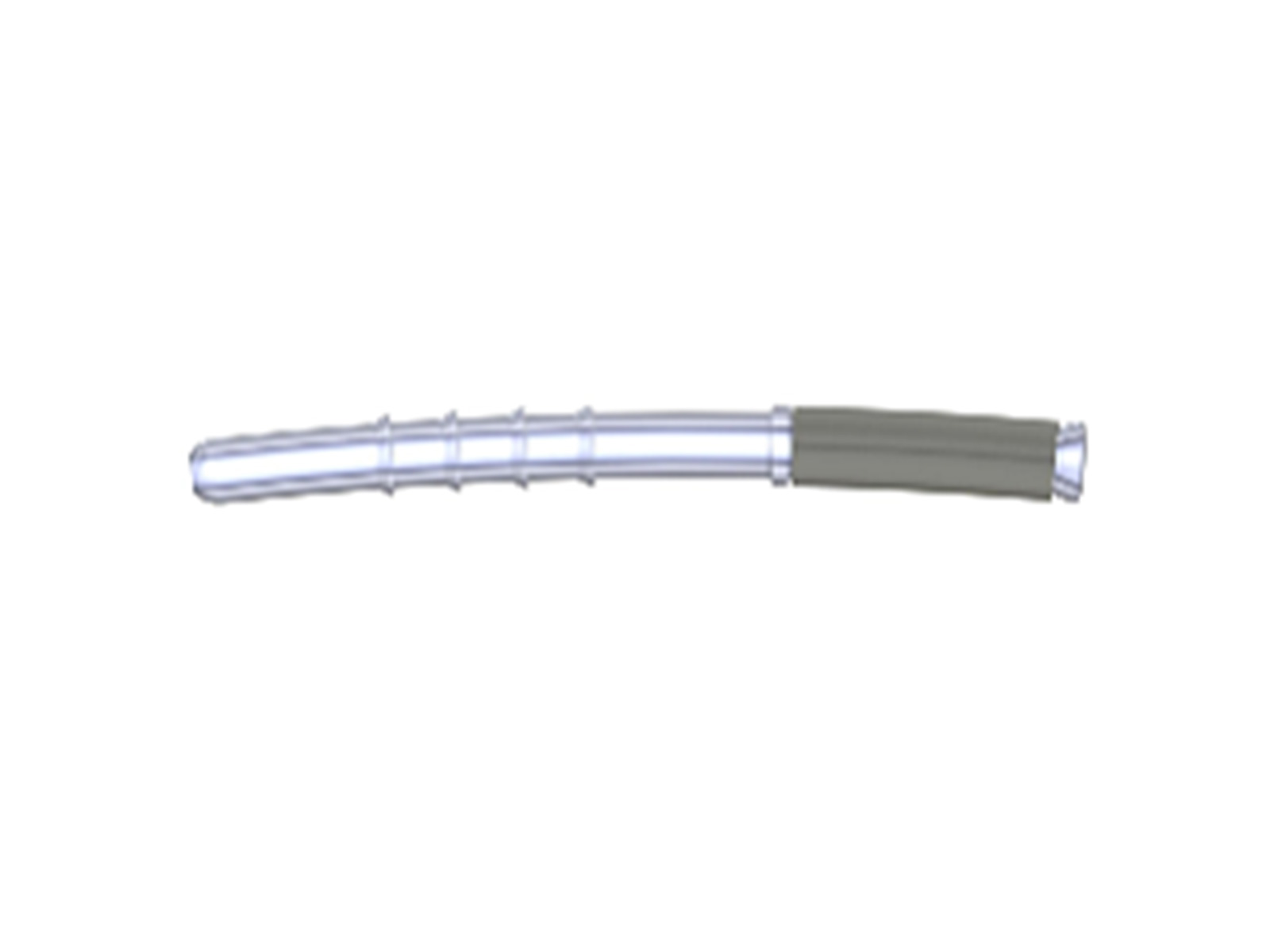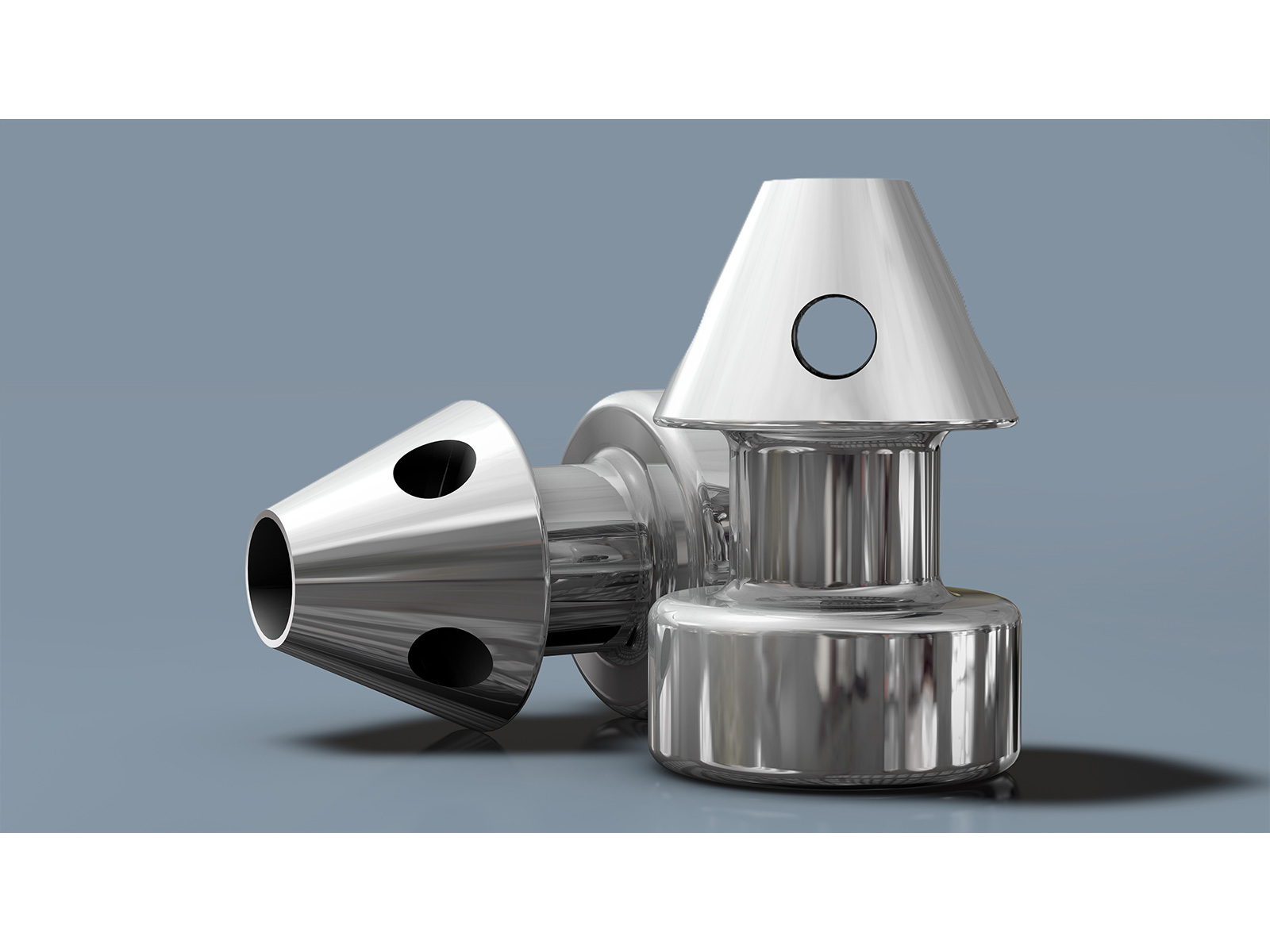Editorially Independent Content
Posterior corneal astigmatism has suddenly become big news. For years, whenever we looked at patients with toric lenses, limbal relaxing incisions (LRIs) or arcuate keratotomy, we realized that if you had with-the-rule astigmatism, you would generally get an over-correction, and you’d have to tone things down a bit.
However, with against-the-rule astigmatism, you typically got under-corrections. These were considered difficult, hard to manage cases.
If you made an arcuate incision along the steep axis at 90 degrees, the apparent effect of gravity or the lid blink caused a greater effect. But if you were making the incisions at 180 degrees, we didn’t see that impact. So we thought those incisions would not correct the same amount of astigmatism.
THE BAYLOR NOMOGRAM
It was really kind of a “Duh” moment when Li Wang, MD, PhD and Doug Koch, MD and the group at Baylor College of Medicine, in Houston, Texas, discovered that in fact there is posterior corneal astigmatism. We should have known about this all along.
They developed a nomogram called the Baylor nomogram that you can apply in a broad stroke fashion just using your anterior corneal topography. But that’s going to be a population mean. Not everyone is going to have that .7 Diopter of against-the-rule astigmatism. Since there’s a range, some will have .3 while others will have 1.4.
It’s better to measure posterior corneal astigmatism on each patient individually, and then use a value for total corneal astigmatism in your Toric IOL calculator.

MEASURING THE POSTERIOR CORNEA
When they first published their paper1, I reviewed a couple hundred cases of toric IOL implantation and applied the Baylor nomogram to my own data. I assumed that instead of implanting the T3 or T4 in an against-the-rule case, for example, I had implanted a T4 or a T5, or whatever would have made the difference to account for that .7 in the nomogram.
In that hypothetical study, my percentage correction of astigmatism went way up, with significantly better results. Since I was convinced they were right, the next step was to decide on the best technique or instrument for measuring the posterior cornea.
Scheimpflug cameras, such as the Pentacam (Oculus) and GALILEI Dual Scheimpflug Analyzer (Ziemer), can accurately measure the posterior cornea. RTVue (Optovue) utilizes OCT for corneal and retinal imaging. And the Cassini (i-Optics) is an LED topographer that actually gets reflections from the posterior cornea.
STRONG RECOMMENDATION
It’s only a matter of time before accounting for the posterior cornea in Toric IOLs cases becomes the standard of care. And we could be well down the road before the FDA requires manufacturers to include some measurement of posterior corneal measurement in Toric IOL calculators.
As a refractive lens or refractive cataract surgeon, ignoring the posterior cornea is something you do at risk of patient dissatisfaction and increased numbers of enhancement procedures.
1. Contribution of posterior corneal astigmatism to total corneal astigmatism. Koch, Douglas D. et al. Journal of Cataract & Refractive Surgery, Volume 38, Issue 12, 2080 – 2087.




